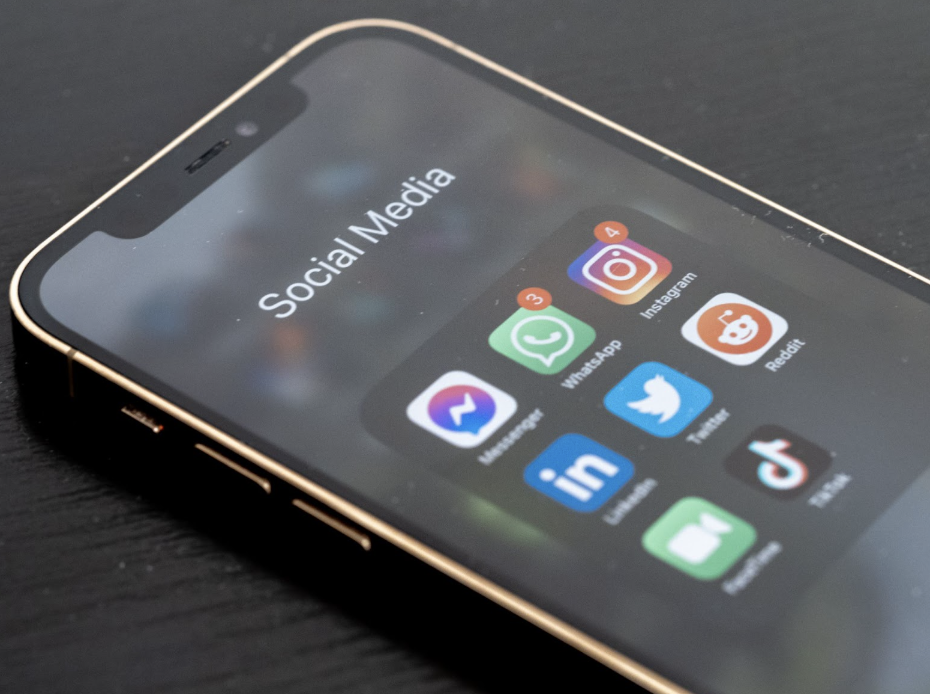Is Brainrot Content Affecting Our Social Skills IRL?

Sana Karim, MSc Global Development
Brainrot refers to the excessive consumption of fast-paced, short-form content on platforms such as TikTok, YouTube Shorts, and Roblox. As more brainrot-style posts go viral, and our screen times reach record highs, research has started to warn of the damage this is doing to our minds: cognitive decline, mental exhaustion, and impaired critical thinking.
Travelling on a cramped train from Birmingham New Street to London Euston isn’t everyone’s idea of fun. As I sat in my window seat, luggage shoved overhead, opening Instagram was an easy distraction. I didn’t question the way my seatmate and I hadn’t spoken a word, and I can’t even remember what colour her hair was.
As we both scrolled, the few remaining seats around us became occupied. An elderly man and woman, evidently strangers, launched into conversation after one nostalgic comment on the state of today’s public transport. I don’t think the pair glanced at their phones during the two hours our journey took, and the friendship they formed was clearly worth it.
Slightly regretful as I left the station, I wondered whether I should’ve spoken to my own seatmate rather than defaulting to online dopamine hits. That question lingered, especially in the age of what the internet calls brainrot.
The impact on Gen Alpha of such content seems especially severe. The ‘iPad kid’ meme, about toddlers whose tantrums can only be soothed by screens, reflects the growing concern that children are increasingly unable to socialise and can’t concentrate without constant stimulation. Teachers are pressured to entertain their classes as well as teach, saying decreased attention spans are affecting engagement.
The accessibility of the online world is changing how we connect with loved ones. When everything we consume is fast and instantly gratifying, we begin to expect the same from each other, forgetting the real world moves at its own slower pace. The art of patience is fading; perhaps the recent nostalgia for handwritten letters is a response to that loss. Modern-day ‘you up?’ DMs at 2AM feel bland in contrast. This says everything about how we’ve learned to communicate: quickly, casually, and with minimal effort. Even my choice on the train reflects this.
To be fair, brainrot culture isn’t all bad. The creation of a new social language means a perfectly timed niche reference is a way of relating to someone new. But these ironic interactions rarely leave room for depth or the kind of connection the elderly pair on the train seemed to find so effortlessly.
So what can be done? If we want to ‘un-rot’ ourselves and rebuild our capacities for deep thought and genuine conversation, limiting our exposure to short-form content is a good place to start. Longer videos, unhurried conversations, even a train ride spent offline can help retrain the attention we’ve lost. To borrow from a brainrot term, it really is all about touching grass.



